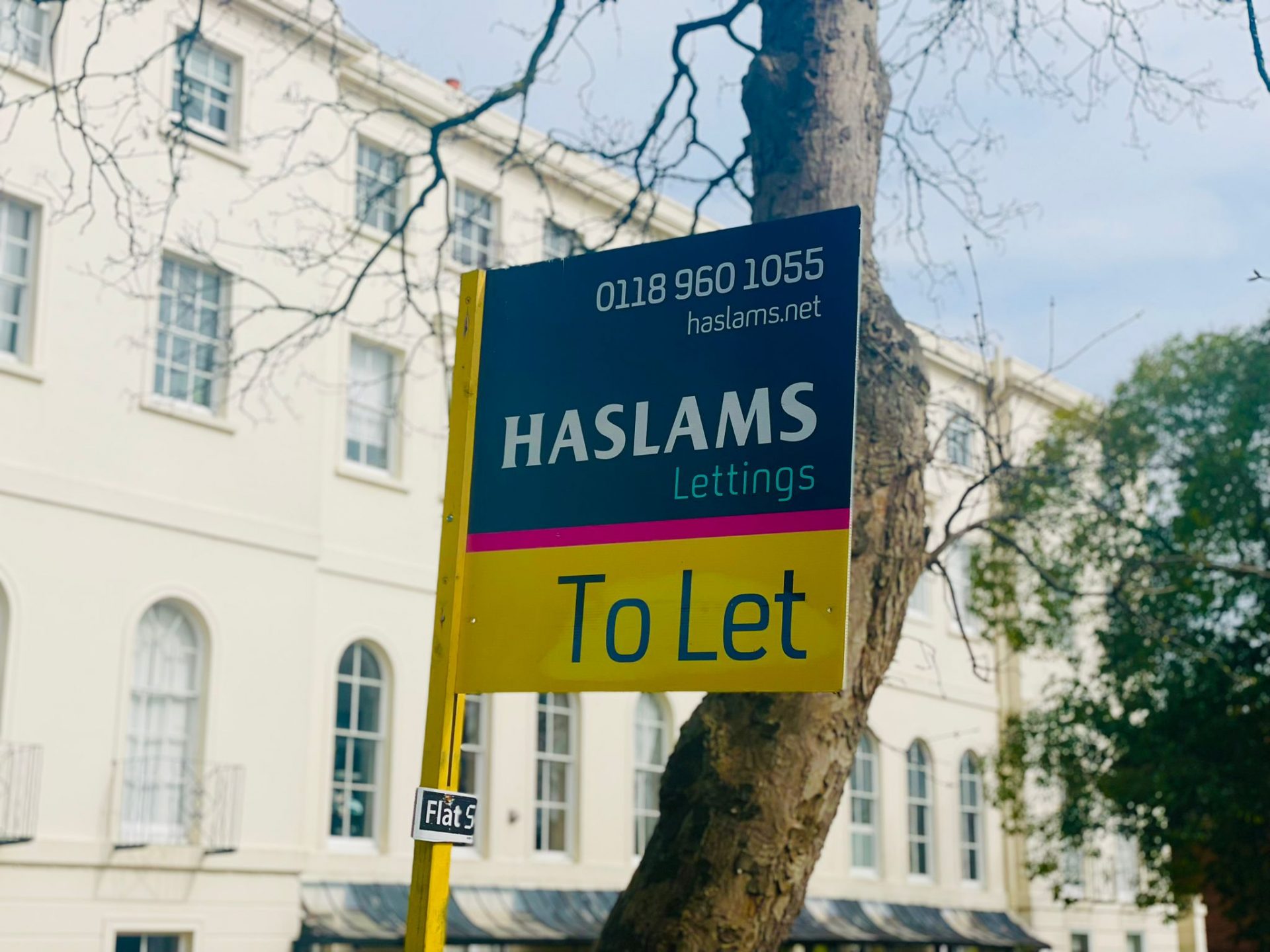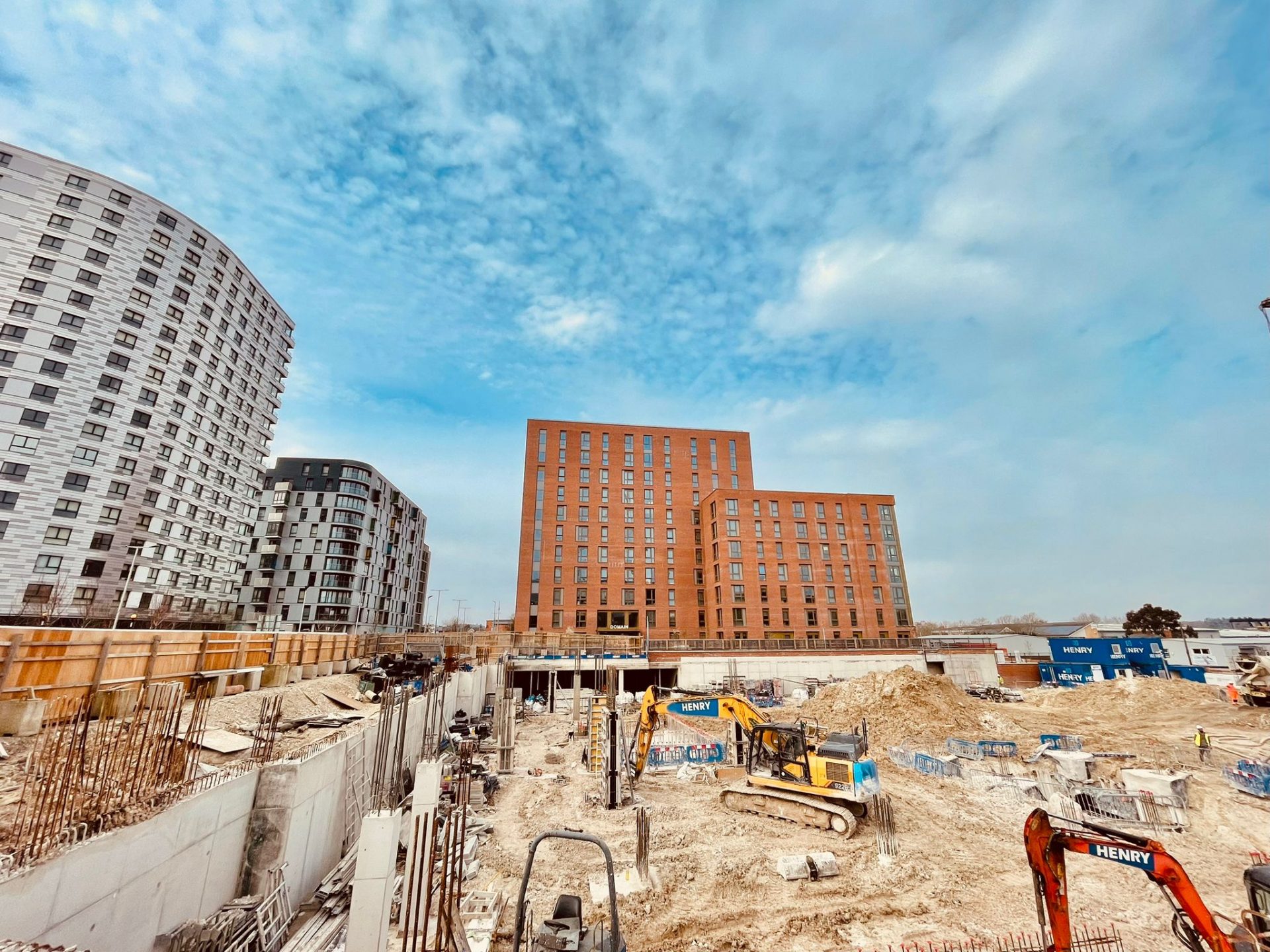The latest Haslams Property Price Index was released on 6th April indicating that a sense of normality is returning to Reading’s residential property market. The good news is that as last September’s disastrous budget recedes to be a distant memory there has been small a bounce in the local property market. People are still moving and this is the bedrock of what appears to be a measured and cautious recovery within the context of landlords, tenants, buyers and sellers now coming to terms with the challenges of higher inflation and borrowing.
Reading’s economy remains relatively strong, resilient and out-performs most UK urban areas. News that the wider economy may avoid a recession also helped improve sentiment and consequently there was renewed demand for all property types in Q1 23 and this underpinned an increase in values of 1.22% versus Q4 22 and 2.64% over the past 12 months. We believe that this is likely to be a short term bounce rather than the start of a longer term upward trend in capital values. Buyers are likely to experience the same affordability pressures for the next 12 months and they will retain the balance of power. Therefore, in a softening and fast moving market, it will be those pricing sensibly and/or willing and able to refine asking prices that will continue to generate good interest and secure sales.
Town centre apartments outperformed the local market returning 1.62% versus Q4 22 and 3.56% over the past 12 months. The performance of town centre apartments reflects the imbalance in the supply. Typically, Reading would absorb the sales of 200-300 new apartments each year. However, we are unlikely to see more than 30 new units delivered through the whole of 2022, 2023, and 2024 due to most new units being allocated for Built to Rent (BtR) rather than Build to Sell.

‘Town centre apartments now average £28 sq ft per annum with gross yields now sitting at 6.26%’
The Rental Market
There continues to be huge demand for all types of rental properties in and around Reading. Two BtR schemes – Thames Quarter and Domain – are now fully leased and operational. Like-for-like, the premiums these schemes are achieving over Private Rental Sector (PRS) stock is 15%-20% and this illustrates that BtR complements rather than competes with PRS. PRS town centre apartments now average £28 sq ft per annum with gross yields now sitting at 6.26%: a shift of 83 basis points since the beginning of 2021 (from 5.43%). This reflects the fact that increases in capital values have not kept pace with the growth in rentals values over the same period (7.16% annual growth in rental values).

‘Domain BtR scheme phase 1 now fully leased’
New Homes
Data from Haslams’ New Homes Database suggests that whilst New Homes sales values have remained flat, the rate of sale has increased with sites across the region averaging 6.1 sales per month in Q1 23. However, as is often the case, the devil is in the detail. Whilst at a market level this represents a strong performance, in reality sales are not consistent across all sites and some house types are struggling.
The demise of the Government’s Help to Buy scheme last October means that there is a level playing field between new and second-hand properties and so pricing has become central to many people’s affordability decisions. The financial incentives for first time buyers to “buy new” via Help to Buy no longer exist, and this, coupled with more financial stress testing from lenders, means that some smaller new build property types are struggling. For example, smaller houses and out of town apartments have struggled whilst there is still good demand for 3-5 bed family houses and town centre apartments. This means that stock on some sites is building and consequently, unless demand increases for specific property types, then we would expect some new homes asking prices to reduce disproportionately more over the next few months.
In most cases, sales of new houses have been secured via a mix of discounts and popular incentives averaging 2.5% off asking price. These include part exchange, mortgage contributions, and financial help towards the cost of living. Out of town apartment sale discounts are considerably more.

